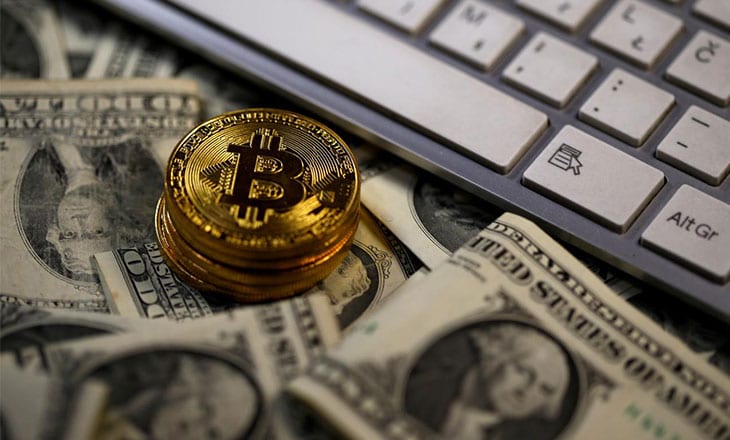In some respects, we are back to old times where Bitcoin followers react to every tiny little wobbling that affects their favorite digital asset. The carnage from last week’s battle has been cleared from the battlefield, as investors regain confidence that Bitcoin might actually be on a road back to recovery. A cacophony of critical voices have been warning everyone that another major dip was on the way, perhaps, down to the low $7,000s or below, but for the past 7 days, BTC has clawed its way back above $8,300.
Once again, Bitcoin has demonstrated its endearing resiliency, but advocates remain super sensitive to anything even resembling a downward move. Unfortunately, global equity markets are reacting to weak manufacturing data in the developed economies of the world, a direct reflection that the China-U.S. trade war is causing a slowdown in global growth prospects. Bitcoin fell $100, but is gradually recovering lost ground.
As reported by NewsBTC:
Earlier today, European markets delivered losses, with Europe’s benchmark Stoxx 600 falling by 1.2 percent while UK’s FTSE 100 dipped by 1.4 percent. In the US, a key indicator recorded the lowest manufacturing activity in the last decade – to 47.8 in September from 49.1 in August. The revelation sparked a sell-off in the equity market. US benchmark S&P 500 fell 1.2 percent to close at a one-month low and had dropped 1.24 percent after the market open today (now down 1.8%).
Wait a minute – Isn’t Bitcoin supposed to be a hedge against chaos in the equity markets, a “safe haven” of sorts? This notion of being a new “safe haven”, comparable to U.S. Treasuries, Gold, and other precious metals, has been the topic of several articles in the crypto press over the past few months. Correlations to a weakening Chinese Yuan, as well as to the wild swings in China-U.S. trade talks, has provided evidence that at least some investors have parked temporary funds in Bitcoin.
We recently reported that Tom Lee, Managing Partner and the Head of Research at Fundstrat, had stated that:
Bitcoin is vulnerable, but I don’t think the thesis is broken. So, if someone saying does this mean bitcoin’s a broken story now, I mean, I think long term holders should not worry… The S&P being trendless is not good for bitcoin. The S&P needs to make a new high before bitcoin can break out.
In a recent podcast with The Block, Tom was asked to defend his contention, which he himself terms as an “unpopular opinion, that Bitcoin reacts to the vagaries of the S&P 500. His retort was:
In the years when the S&P has been down since Bitcoin’s inception — Bitcoin has averaged a negative 19% annual return. In the years where the S&P has been below its long term average return, bitcoin’s average gain is 300%.
Tom added that:
What is Bitcoin’s average gain in the years where the S&P has been up 15% or more? Average gains 1,800%. Bitcoin’s best years have all taken place in the years where the S&P has performed very well.
The S&P is up roughly 20% in 2019, and as we know, Bitcoin is having a great year.
